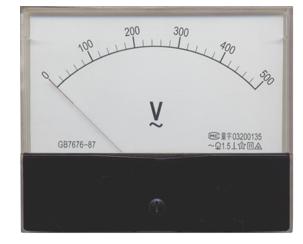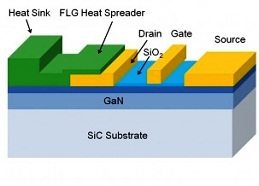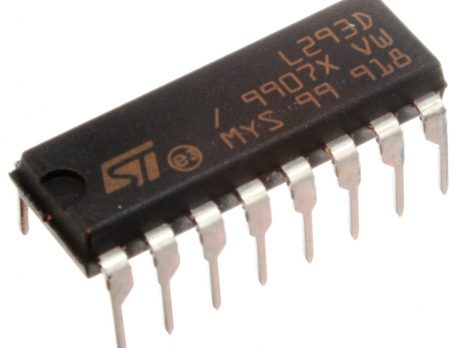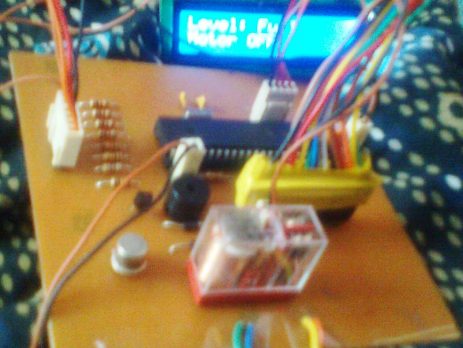Samsung’s New Transistor Structure using Graphene
Samsung Electronics has Developed a new Transistor Structure using Graphene to increase the possibilities of transistor in future, reported online by the journal Science, 17th May. The core R&D incubator for Samsung Electronics, Samsung Advanced Institute of Technology has developed new Graphene Transistor Device structure to hold the Moore's law true for a decade. This research is regarded as a significant step in the development of transistors, that can overcome the limitations of conventional Silicon Transistors. We all know that Semiconductor Electronics Devices consists...









